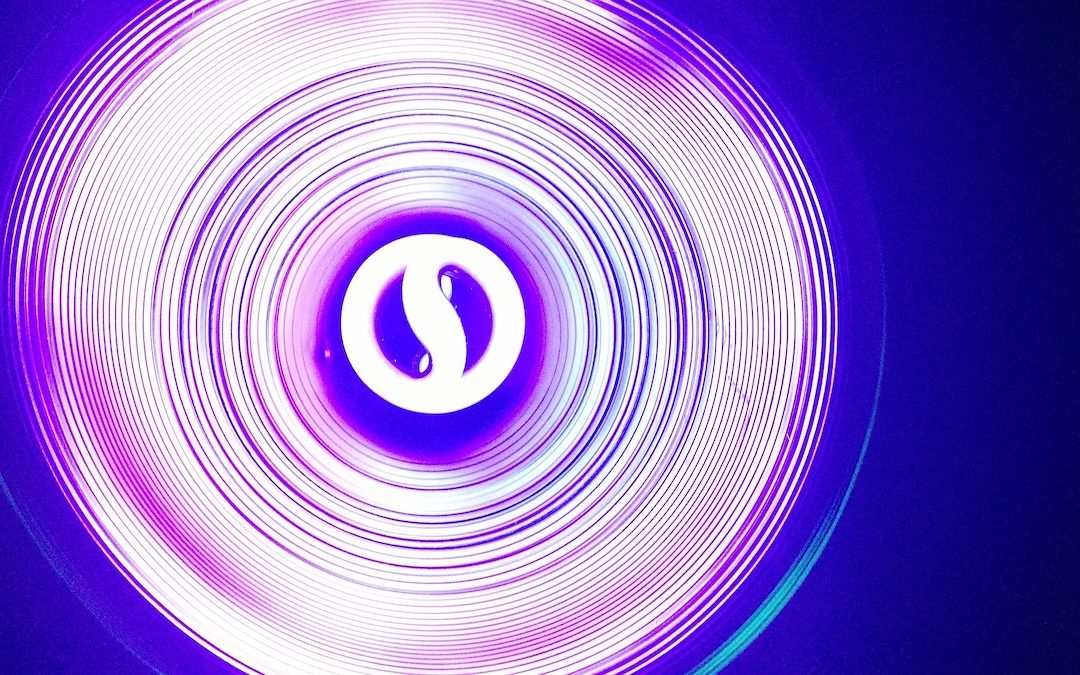When contemplating the use of Ultraviolet Germicidal Irradiation (UVGI) for disinfection of air and surfaces, safety should be your first consideration. UVGI can cause eye damage, skin burns and even result in skin cancer if the proper protections are not employed. There are numerous ways to isolate yourself from the exposure risk including, but not limited to, Personal Protective Equipment (PPE), physical isolation of the UVGI source, switches, and procedural controls. In this blog, we’ll explore UVGI safety, the hazards, and protection methods.
The UVGI spectrum of concern for biological safety and health is the range 180-320nm, which includes UVB and UVC (above 180nm). Wavelengths below 320nm produce the most significant adverse health effects and these wavelengths are collectively known as actinic ultraviolet radiation (Kowalski, 2009). As noted in our Dosage Blog, the strength of UGVI (irradiance in w/m2) multiplied by the time of exposure equates to the Dosage (measures in joules/m2). We know that higher UVGI and longer exposure times lead to higher pathogen deactivation rates……unfortunately this also means increasingly greater health hazards as the two variables increase.
Your eyes are particularly vulnerable to damage from UVGI exposure. Exposure raises the risk of eye cancers, cataracts, growths on the eye and sunburn on the eye (Turbert, 2020). The ocular system. unlike the skin, does not develop tolerance or resistance to repeated ultraviolet exposure (Kowalski, 2009). Hours may elapse prior to noticing the symptoms of eye damage, hence the importance to mitigate or eliminate the exposure hazard.
UVGI exposure to human skin can produce harmful effects including sunburn, blisters, aging of the skin, immune system damage and skin cancer. “Damage from UV exposure is cumulative and increases your skin cancer risk over time. The degree of damage depends on the intensity of UV rays and the length of time your skin has been exposed without protection” (Skin Cancer Foundation, n.d.). While your body can repair some of the DNA damage in skin cells, it can’t repair all of it. The unrepaired damage builds up over time and triggers mutations that cause skin cells to multiply rapidly.
In cases of routine use, installation, or maintenance of equipment where UV exposure cannot be eliminated, wearing PPE can provide an adequate solution. PPE can include protective clothing, googles, glasses, gloves, hoods and UV-proof sunblock lotions. Manufacturers of UVGI systems should be affixing labels to the equipment to warn workers of the potential hazards. It is common to have labels affixed to locations routinely accessed during installation and maintenance. While the verbiage may vary the labels commonly include “Caution” or “Warning” or “Danger” and alert the individual to the hazards of Ultraviolet light, including the aforementioned skin and eye dangers.
After consideration of the safety hazards of UVGI exposure, we are pleased to announce that the 50 Cities Continuous Disinfection Device (CDD) utilizes both physical isolation and safety switches which prevent UVGI exposure for contractors, maintenance professionals and room inhabitants.
The physical isolation from the dangers of UVGI is enabled by encapsulating the UV lamps within a durable steel enclosure. The steel enclosure houses the main air chamber where airborne pathogens are subjected to an intense dose of Ultraviolet irradiation. Because no light escapes from the air chamber the room occupants where the CDD is operating are free to conduct their normal business without risk of exposure.
Beyond protecting everyday room occupants from UVGI exposure, 50 Cities focused on design elements that would protect installation and maintenance professionals. Certainly, procedural guidelines in our installation manual outline the best practices to protect yourself, but what about those fringe cases where worker injuries result from worker fatigue? While the CDD is designed to operate for decades, it does require routine maintenance including changing the UVC lamps periodically. Our recommendations include powering the unit down prior to performing any maintenance, but to err is human…..right? As a failsafe, each CDD is designed with a safety shutoff switch affixed to the cover of each air chamber. The switches are designed to cut power to the CDD as soon as removal of the air chamber cover commences. If the CDD unit is powered “on” while attempting the change the UVC lamps, the safety switches will prevent the maintenance professional from UVC exposure, eliminating the hazard with engineering controls.
Conclusion:
Ultraviolet Germicidal Irradiation exposure present hazards to human health. PPE and vacating the room are effective safety pratices, but often inconvenient ways to protect individuals from UVGI exposure. The best option is to engineer a solution to eliminate or greatly reduce the chances of UVGI exposure. Physical isolation from the source of UVGI will eliminate the hazard while allowing the device to disinfect the indoor space it is protecting. In the case of our Continuous Disinfection Device, individuals can inhabit the very space that is actively being disinfected while never being exposed to UVGI.
Choose the system that prioritizes safety while providing unparalleled disinfection (kill) rates and industry leading airflow statistics. Choose the Continuous Disinfection Device (CDD).

